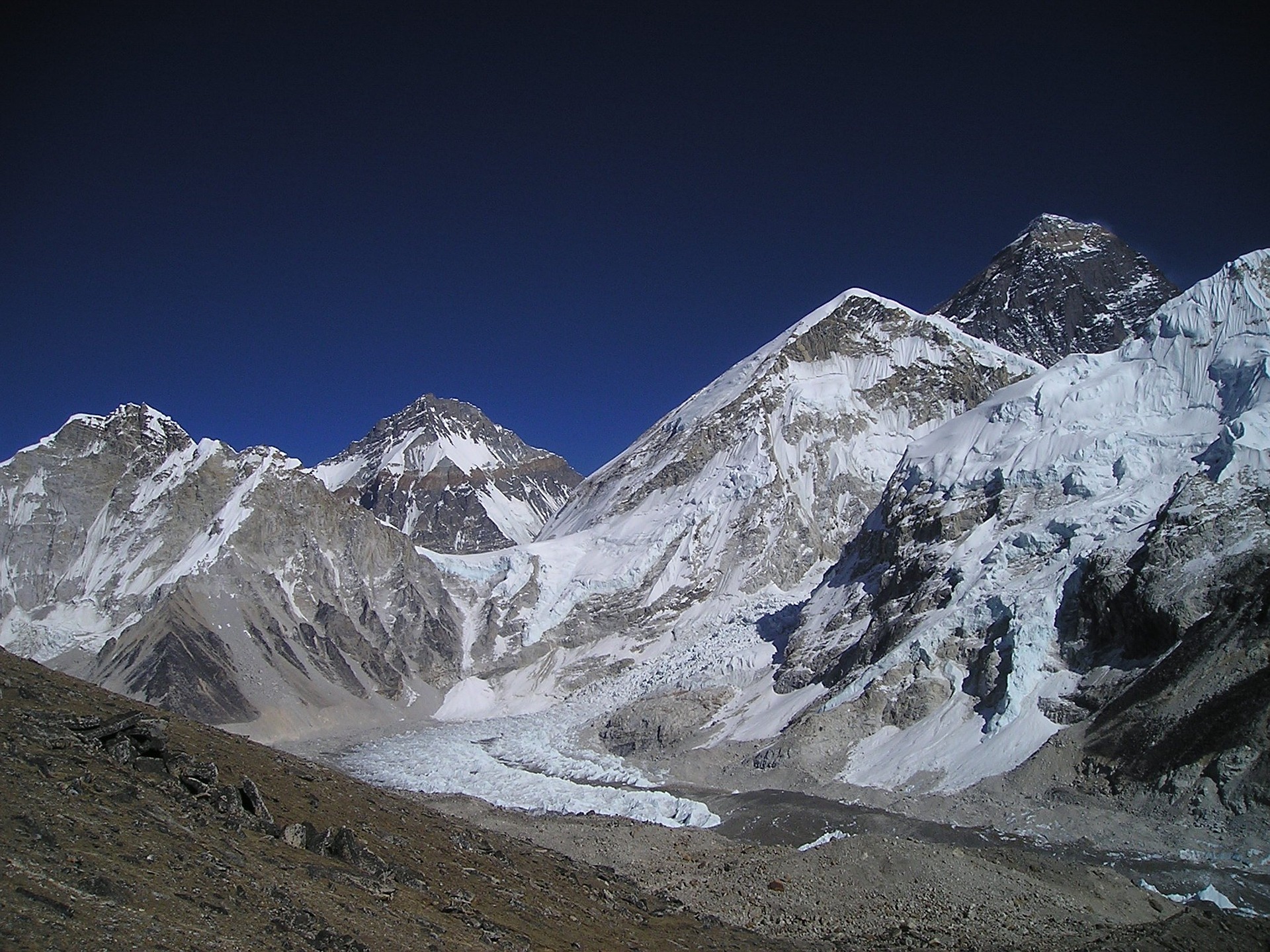
Food on Everest Base Camp
- General
- By accessnepaltour
Everest Base Camp Trek is a once-in-a-lifetime experience that takes you through breathtaking landscapes, unique cultures, and challenging terrain. While the trek is known for its stunning views of Mount Everest, it’s also known for its diverse cuisine that fuels trekkers on their journey.
If you’re traveling at such high altitudes, the food you eat matters the most since it makes you energised for the day if the food intake is good. On the flip side, if proper nutritious food is not taken, then it might make the whole trek terrible, causing several worries.
Whether you’re a seasoned trekker or a first-time adventurer, understanding the variety of food on Everest Base Camp Trek can make all the difference in ensuring a successful and enjoyable experience.
- Food Served on Everest Base Camp Trek
- The Importance of Proper Nutrition on the Everest Base Camp Trek
- Everest Base Camp Trek Food (Dining Options)
- Tips for Staying Hydrated on the Everest Base Camp Trek
- Special Dietary Requirements on the Everest Base Camp Trek
- Food Safety and Hygiene on the Everest Base Camp Trek
Food Served on Everest Base Camp Trek
When trekking to Everest Base Camp, you’ll have a variety of meal options to choose from. Here’s a breakdown of the typical Mt Everest Base Camp food (breakfast, lunch, and dinner) options available:
Breakfast Options on the Everest Base Camp Trek
Breakfast is essential as it is the first thing you eat. There are plenty of breakfast choices that are both healthy and nutritious.
- Porridge: A warm and hearty breakfast option typically made with oats and milk and sometimes flavored with honey or fruit.
- Eggs: Served in various forms, including omelets, scrambled, or fried with bread or chapatis.
- Pancakes: Sweet or savory options with toppings like jam, honey, or cheese.
- Oatmeal: Oatmeal is a kind of porridge made from oats, which is a very healthy and nutritious breakfast option.
- Bread: Bread is another popular breakfast option that is eaten in all parts of the world, and they are very good from a health perspective.
- Chapati: Chapati is a specific kind of roti made from whole wheat flour (atta).
- Paratha: Paratha is a kind of layered flatbread that is most popular in the Indian subcontinent.
Lunch During the Everest Base Camp Trek
Lunch intake regulates and maintains the energy levels in your body so you can walk the whole day. In terms of the food option, whole carbs are mainly recommended for lunch. Generally, lunch is served at noon, around 1 or 2 pm. Here is the list of the lunch food on Everest Base Camp trek.
- Rice Meals: A traditional Nepalese dish that consists of steamed rice, lentil soup, and vegetable curry. It’s a staple meal on the trek and is often unlimited.
- Sandwiches: Made with cheese, ham, or veggies, sandwiches are a popular option for a quick and easy lunch.
- Noodles: Whether it’s a bowl of ramen or a plate of stir-fried noodles, this is a hearty and filling option for lunch.
- Momo (Dumplings): Momos are a kind of steamed or fried filled dumpling, which are very tasty and popular in Tibet, Nepal, India, etc.
- Pasta: Made from an unleavened dough of wheat flour, Pasta is high in carbs and is a good source of protein, vitamins, and minerals.
- Macaroni:
- Pizza:
- Spaghetti:
- Burger:
Dinner
In addition to these main meals, snacks, and beverages like tea, coffee, chocolate, and energy bars are available throughout the day.
The Importance of Proper Nutrition on the Everest Base Camp Trek
The Everest Base Camp Trek is a physically demanding journey, and proper nutrition is essential to maintain energy levels and avoid altitude sickness. The trek requires a lot of energy and calories, so eating enough is vital to fuel your body.
In addition, high altitude can suppress your appetite, making it challenging to consume enough food. Therefore, eating nutrient-dense foods that are easy to digest, such as carbohydrates, proteins, and healthy fats, is essential.
Everest Base Camp Trek Food (Dining Options)
When trekking to Everest Base Camp, several dining options are available along the way. These include teahouses, lodges, and campsites.
Teahouses
Teahouses are small guesthouses that are scattered throughout the trekking route. They offer basic accommodation, meals, and beverages to trekkers. Most teahouses have a central dining room with a large stove that provides warmth and a place to socialize. In addition to meals, trekkers can also purchase snacks and beverages such as tea, coffee, soda, and beer.
The food at teahouses is typically simple and filling. As mentioned earlier, the most common meal on the trek is Dal Bhat, which is usually served unlimited. Teahouses also offer other traditional Nepalese dishes, such as momos (dumplings) and thukpa (noodle soup), as well as Western-style dishes like pasta and pizza. Teahouses are an excellent option for trekkers who want to experience the local culture and meet other travelers.
Lodges
Lodges are larger guesthouses that offer similar services to teahouses but with more amenities, such as hot showers, wifi, and charging stations. They are generally more comfortable and provide better facilities, making them a popular choice for trekkers who prefer a little more comfort. Most lodges also have a dining room and offer a similar range of meals to teahouses.
Campsites
For those who prefer to camp in the wilderness, campsites are also available. These sites typically have a dining tent where meals are served. The food options at campsites are more limited in comparison to teahouses and lodges.
Tips for Staying Hydrated on the Everest Base Camp Trek
Staying hydrated is essential on the Everest Base Camp Trek, especially at high altitudes where dehydration can exacerbate altitude sickness. Drinking at least three to four liters of water per day is a must, and even more in dry and hot conditions.
Drinking water is available at teahouses, lodges, and campsites, but purifying it before drinking is essential. Water purification tablets, filters, or boiling water are all effective methods of purifying water.
Special Dietary Requirements on the Everest Base Camp Trek
If you have any special dietary requirements, it’s essential to inform your trekking agency or teahouse in advance. Vegetarian and vegan options are available in most teahouses and lodges, but checking the availability before starting the trek is essential.
If you have allergies or intolerances, bring snacks or meals to ensure safe food options.
Food Safety and Hygiene on the Everest Base Camp Trek
Food safety and hygiene are crucial on the Everest Base Camp Trek to prevent foodborne illnesses. To reduce the risk of getting sick, eating freshly cooked meals and avoiding raw or undercooked foods is crucial.
Additionally, it’s important to practice good hygiene, such as washing your hands frequently, using hand sanitizer, and avoiding touching your face. It’s also recommended to bring your reusable water bottle and avoid using disposable plastic bottles to reduce waste.

Top 10 Trekking Destinations in Nepal - The Ultimate Guide
Prev
Gokyo Lake Trek Permits : Unlocking the Beauty
NextLeave Your Comment
Awards and Achievements
Access Nepal Tour and Treks has been recognized with TripAdvisor’s prestigious Travelers’ Choice Award for multiple consecutive years, reflecting our unwavering commitment to quality and clients’ satisfaction.




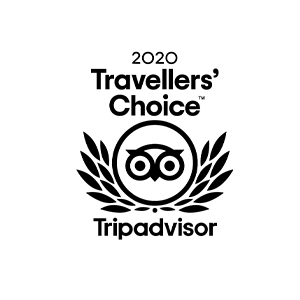
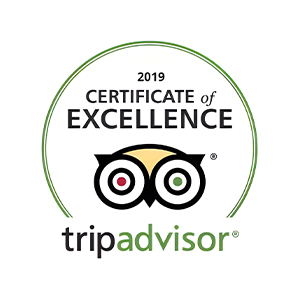
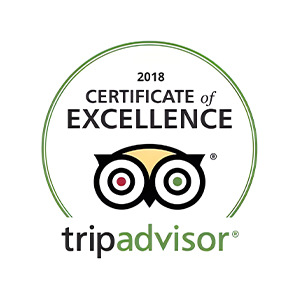




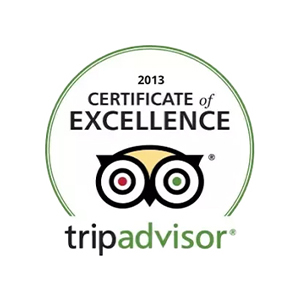

COMMENT(1)